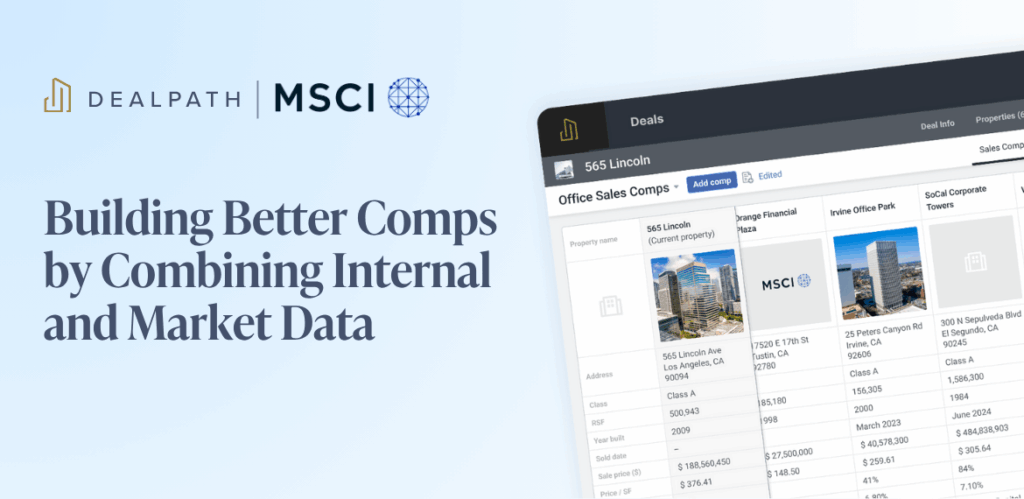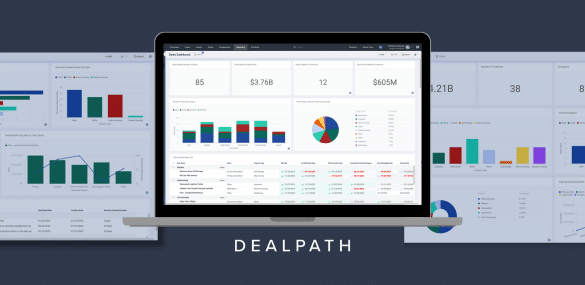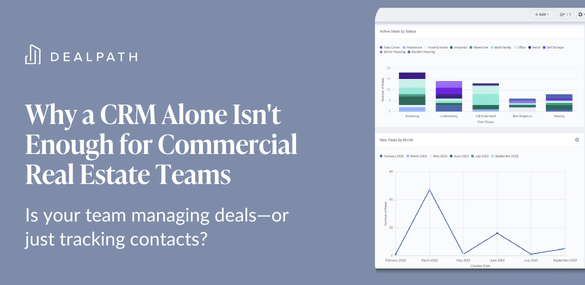Information has a cost, and time is money. So what can we do to optimize the ROI of due diligence, which is both data-heavy and time-consuming?
If done poorly, the cost of due diligence can outweigh any potential returns on the underlying investment, leading to lost value and bad investment decisions. Real estate investments in particular are notorious for their cumbersome due diligence phase. However, investments made in real estate consistently outperform those made in the stock market, making it well worth examining how to maximize returns on due diligence.
At Dealpath, we’ve found that the best strategy to boost the ROI of due diligence is to create a repeatable workflow and analyze key metrics. There’s no need reinvent the wheel for every deal. Yes, due diligence is often incredibly complex, and yes, you have to be nimble and willing to adapt. But much of the process can be captured by a well-designed checklist.
When due diligence is ‘done right,’ it’s smooth, methodical, and boasts an impressive ROI.
But to achieve that, you need hard metrics. Today’s more data-centric investors are drilling down into their records to measure KPIs like ‘days per closed deal,’ ‘value change from initial underwriting to final offer,’ and ‘number of open APIs.’
A strategic checklist can document those key metrics and ensure that the costs and benefits of due diligence are documented at every step of the way. For instance, a good due diligence checklist should track site assessments like Phase I and Phase II Environmental Site Assessments (ESAs), Property Condition Assessments (PCAs), seismic risk assessments, and similar surveys.
ESAs will flag any potential environmental issues that may affect the value of a property, while PCAs may unearth deficiencies that are not readily apparent to an inspector. Often, an exact dollar figure can be attributed to each of these tasks and how the deal value would have changed if they had been overlooked. Thus, by tracking the costs and benefits of due diligence tasks, you can streamline your process to maximize returns.
Likewise, ALTA and BOMA surveys can be evaluated in terms of ROI. ALTA surveys, the gold standard for land and border surveys, can be leveraged for development brochures and flyers, in addition to providing information on potential zoning or utilities issues. Meanwhile, BOMA surveys, the most established survey for building and office measurements, can identify any measurement errors, which can have huge implications for the final deal size.
Ultimately, any due diligence tasks that your team typically undertakes should be compared to the value of the deal. The best way to manage that is with a collaborative process and an in-depth checklist that tracks every aspect of the due diligence phase.
Investors are increasingly using deal management platforms to stay on top of due diligence. If you’d like to learn more, we’d be happy to book a demo and show you how investors are using Dealpath to handle complex deals and optimize the ROI of due diligence.



